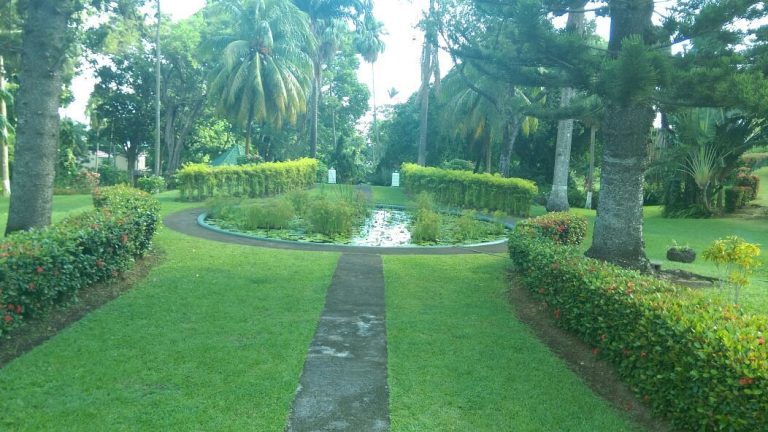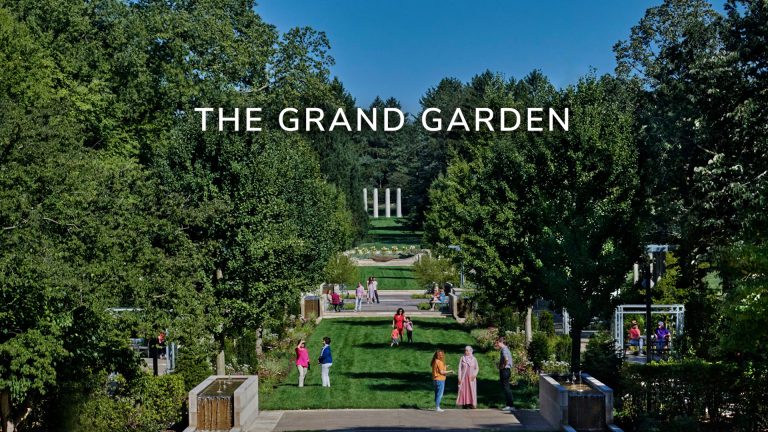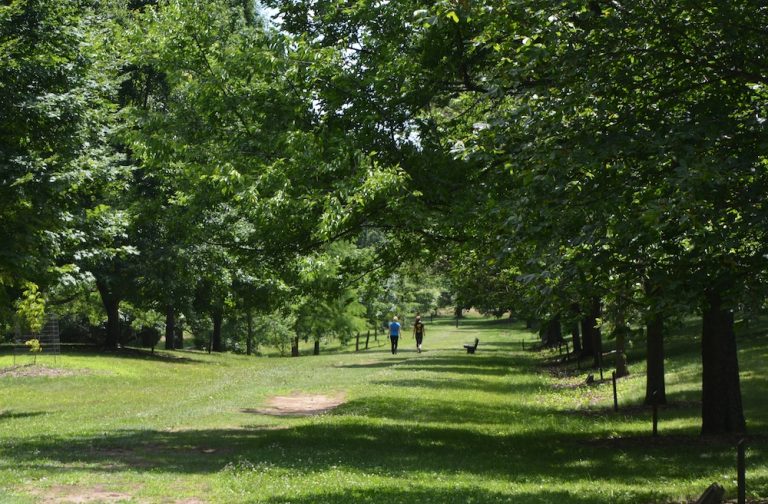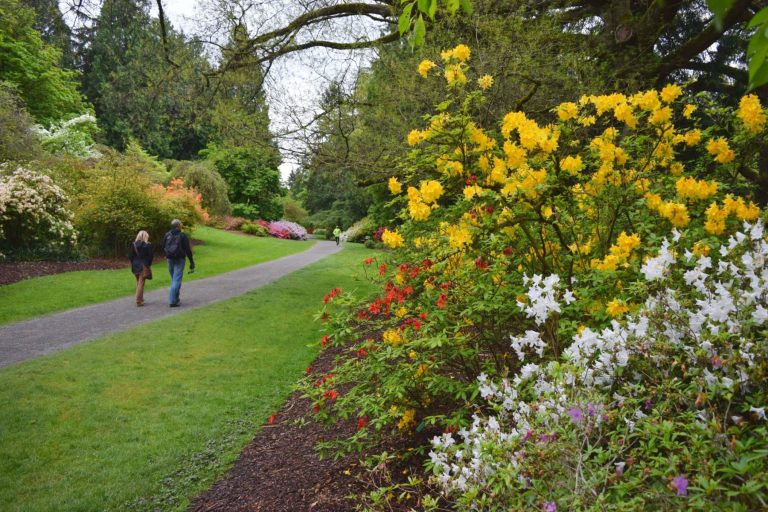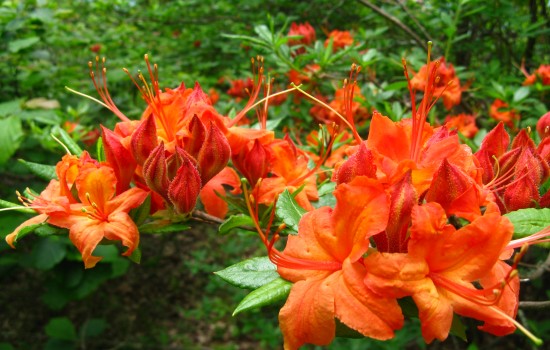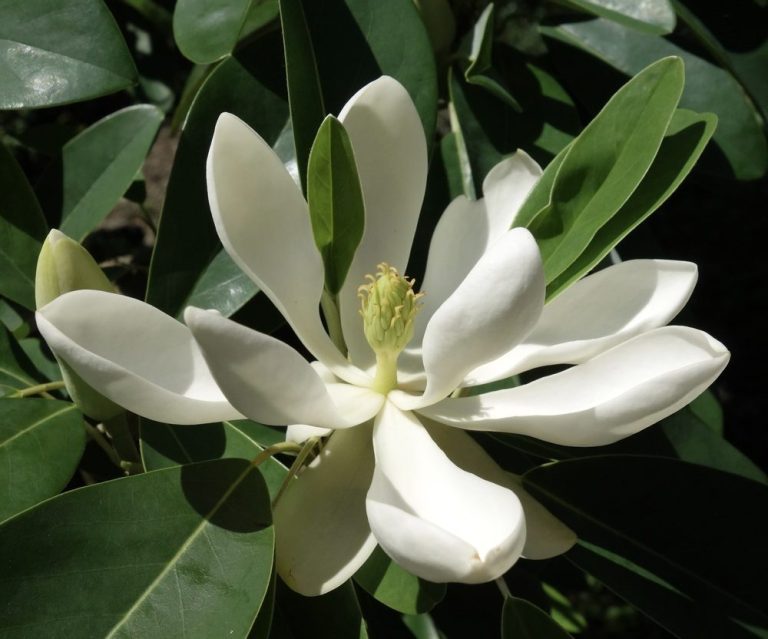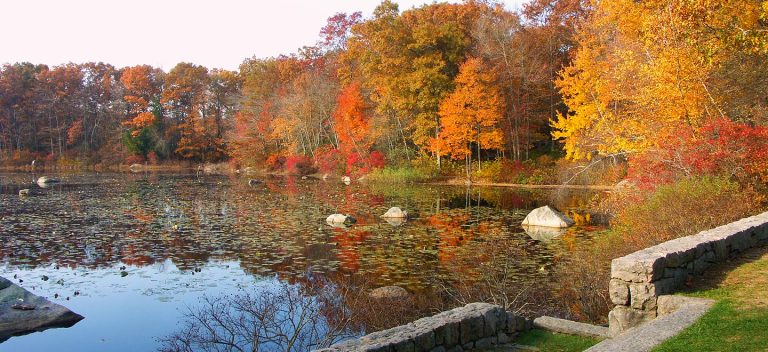Your cart is currently empty!
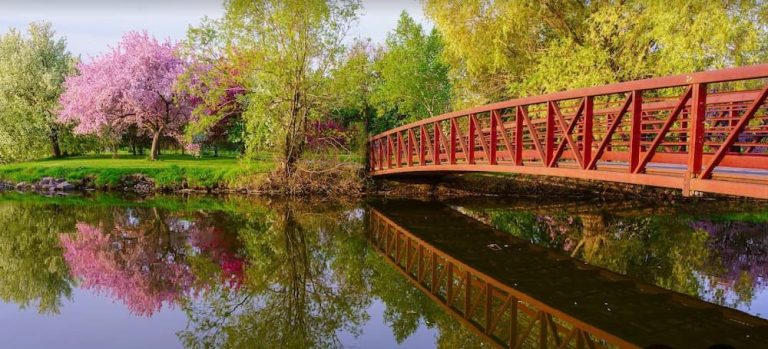
Dominion Arboretum
The Dominion Arboretum was established in 1886 as part of the Central Experimental Farm. It began as an agro-forestry station to test the hardiness of European, Asian, Western, and Southern North American species, as well as their usefulness in an agroforestry context (windbreaks, shelterbelts, hedgerows, etc.). By 1900, the Dominion Arboretum’s collections included approximately 3000…








